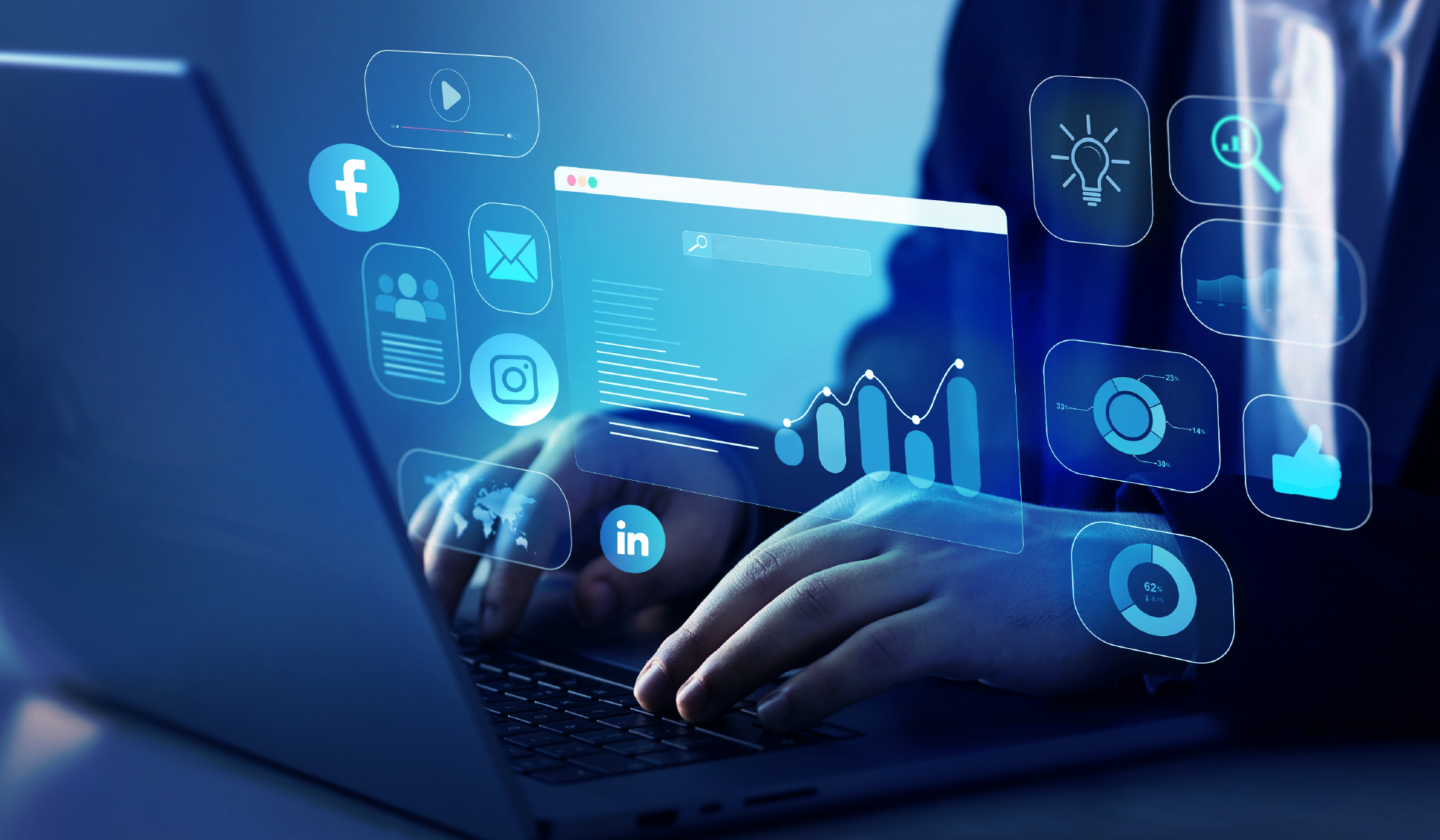Innovation at Whirlpool is not new. We have been going down that path for some time now. Whirlpool started in the 1918’s as a private label supplier to Sears. If we remained just that, we wouldn’t be where we are today. We diversified and that diversification was driven by innovation.
But what happens within companies and across sectors is that there is a cycle of innovation – you witness a big upturn and focus on innovation, markets get rough and then that focus turns to cost, and then you have to recover. We go through that as well. Our challenge is that regardless of what happens from a business cycle perspective, we need to innovate to remain a leader in our industry. And that’s where data comes in.
A changing world
The shared economy has impacted a number of industries. Take cars for example. In the U.S., car ownership amongst millennials is dropping significantly. They are using other means of transport or ride sharing, especially for in-city transport. So, the American dream of owning a car just isn’t as relevant to this generation.
The same thing will happen to appliances as well at some point. We are preparing for smart devices. Our appliances today are quite “dumb,” technologically speaking, compared to the smartphones we own. But in 5 to 7 years, that will change and your washing machine will be smarter. Everybody is talking about IoT and connected devices. But keep in mind, even if the top 15 companies start selling connecting appliances today, it would still take 10 years before consumers had at least one connected appliance. So the reality is that if you are looking at owning the IoT space, you have to start from the home. You need to start thinking about all the appliances and not just new appliances. That’s a very different mindset for all home appliance companies. Instead of simply selling appliances, they’re becoming the base of an emerging IoT ecosystem.
But it’s not just about connectivity. It’s about intelligence. And when it comes to intelligence, you have to talk about data analysis and decision making.
A shift we see in consumers is that they are not passive during the purchase process. Consumers want a better buying experience and to play a more active role in how they will buy a product. For example, in the U.S. there is a website called Houzz. This is a site that brings together people who are renovating their houses with professionals and other homeowners with a shared interest in home décor and design. What does an interior decoration/home improvement website have to do with the sale of home appliances? Data suggests there are more people today making appliance choices based on home decoration ideas they find through online destinations like Houzz than from TV ads by brands.
How Whirlpool approaches innovation
At Whirlpool, we are seeking to understand in real-time what motivates customers and how we can most effectively appeal to them. Innovation takes priority and we have a clear set of metrics that define it. We invest a significant amount in innovation and my focus is making our innovation process accountable and successful. We view the process through the lens of using data and our own creativity to create a change in mindset. The four steps needed to do that are:
Be transparent: make sure that people understand why a process or task is important and they will commit to innovating.
Technology must assist innovation: Does a team the right technology to fuel innovation? If not, is there a process or a way to introduce new technologies?
Continuous investment: Innovation does not stay static. Similarly, data analytics is not static. Today, what’s new in 2016 will be old by next year. Our innovation cycles are down to 11 to 12 months from 24 to 28 months.
Rewards programs: rewards for employees or a formal system that reinforces innovation across the organization can be very beneficial.
For the home appliance category, there is so much potential within consumer feedback. We have probably five thousand to 10,000 people providing us direct feedback globally every month. We have a million reviews being added globally in a month. This is data is from 40 different websites and six different form factors. It ranges from emails to contact with sales representatives.
In our industry, there is a lot of available data that we can analyze. LatentView built an innovation tool for us that mined all this data and answers critical questions we have, such as what do people need, how are our products performing in the market, which features are consumers most excited about, why are they purchasing, how was their purchase experience — and how are we performing within these metrics vis a vis our competition. In addition to the obvious benefits these types of insights provide, it has also helped the entire organization speak a common language.
The practical reality of converting this data to insights is an interesting journey. We started that journey because I believe if you are not going to base your decisions on data, your decisions aren’t going to be very good.





